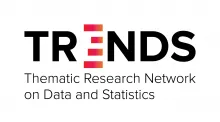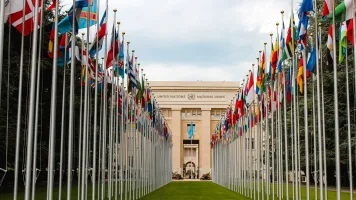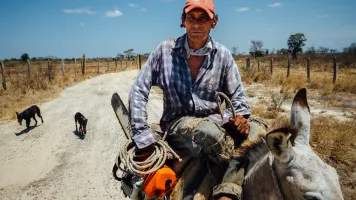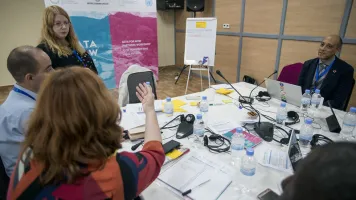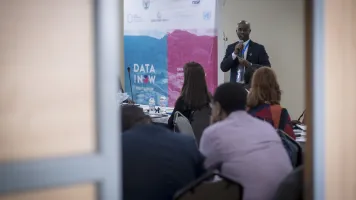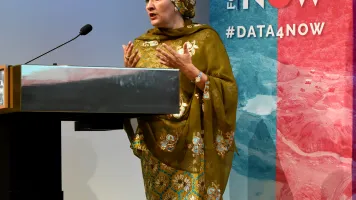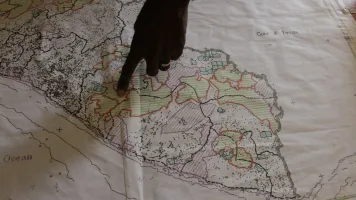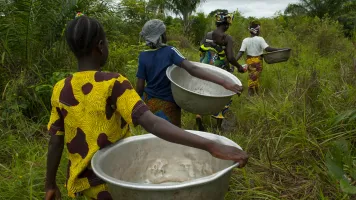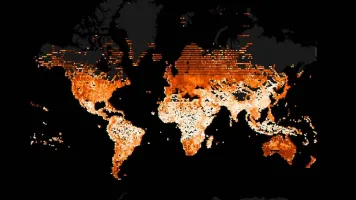Established in 2015 as an initiative of the UN Sustainable Development Solutions Network (SDSN), SDSN TReNDS is a research network composed of experts from across the global scientific, development, public, and private sector data communities who contribute to better evidence-based decisions for policy making. These experts come from disparate communities, sectors, and institutions in recognition that development decisions require data and evidence developed through multi-jurisdictional collaborations.
TReNDS produces timely, multi-sectoral, and meaningful research and resources to inform the production and use of data for sustainable development, pilots these cutting-edge approaches to countries worldwide, with a focus on the Global South, supports countries with technical expertise with an aim towards fostering replicable solutions, and facilitates connections between local and global data actors, governments, and academics to empower and capacitate them to navigate new data sources and methods to improve development outcomes.
Priorities as a partner of the Global Partnership for Sustainable Development Data
SDSN TReNDS will continue to actively engage with and draw from the GPSDD's wide-ranging network for peer-to-peer learning and cross-sector exchange. Additionally, TReNDS plans to continue its role as a core partner alongside the GPSDD, the World Bank, and the UN Statistics Division in the Data For Now initiative, working to enhance countries' access to the right tools and knowledge to produce more timely data to inform decision-making.
